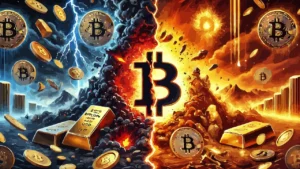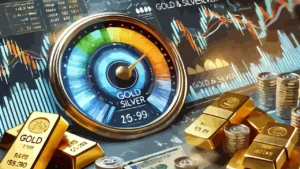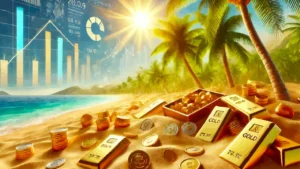I think I understand why the price of silver is so historically low compared to gold and continues to show no signs of recovery.
It’s a simple logical observation that came to me after reading two anthologies of Agatha Christie. Poirot looks at simple things and doesn’t complicate them. I’m not comparing myself to Poirot at all, but if after reading I had an intuition, it’s right that I put it in writing.
👉 Read also: The Great Speculation on Silver Price 📊
We are used to looking at the price of silver in relation to that of gold, so when we see a ratio of 1:80 or 1:100 we immediately think that something is wrong. If the natural ratio (due to scarcity in nature) between the two metals is around 1:16, then silver should be worth much more. This is the argument that is repeated in many investment circles.. Questo è l’argomento che si ripete in molti ambienti legati all’investimento.

But is it really that simple? Our entire belief starts from the natural proportion, that is, the presence of metals in the earth’s crust. In the meantime, however, the market conditions that influence the price could have changed. If there are third conditions, that is, real factors in the economic and industrial system, that modify the actual availability of the two metals, the comparison loses meaning.
We know that silver has a much greater industrial use than gold: it is consumed, partly dispersed, but also reintroduced into circulation through recycling. Gold, on the other hand, is almost exclusively stored in vaults, collections and central banks: not everything that has been extracted circulates and its recycling is less in comparison!
If we look at the current numbers, the gold produced in history is about 205,000 tons, but only a part is really available: the rest is closed, guarded, not ready to be exchanged. If we estimate that only 10% of this gold is liquid, we arrive at 20,500 tons.
For silver, the situation is different. Of the approximately 1,740,000 tons mined, we can estimate that approximately 75% is actually still available. Some is dispersed, but much is recycled, conserved, still accessible. We are therefore talking about 1,305,000 tons.
If we compare these two values, we get a real availability ratio of 64:1, far from the famous 1:16, which immediately changes the perspective.
For years we have been convinced that the natural ratio is 1:16 and that the price of silver must eventually reflect that. But if the market is simply accounting for a different real supply, then that price ratio close to 1:100 is not irrational at all.
I am not saying that the ratio between the price of gold and silver cannot go down again, but if it never returns to its historic levels of glory, there could be a logical explanation, and perhaps this is it.











Leave a Reply